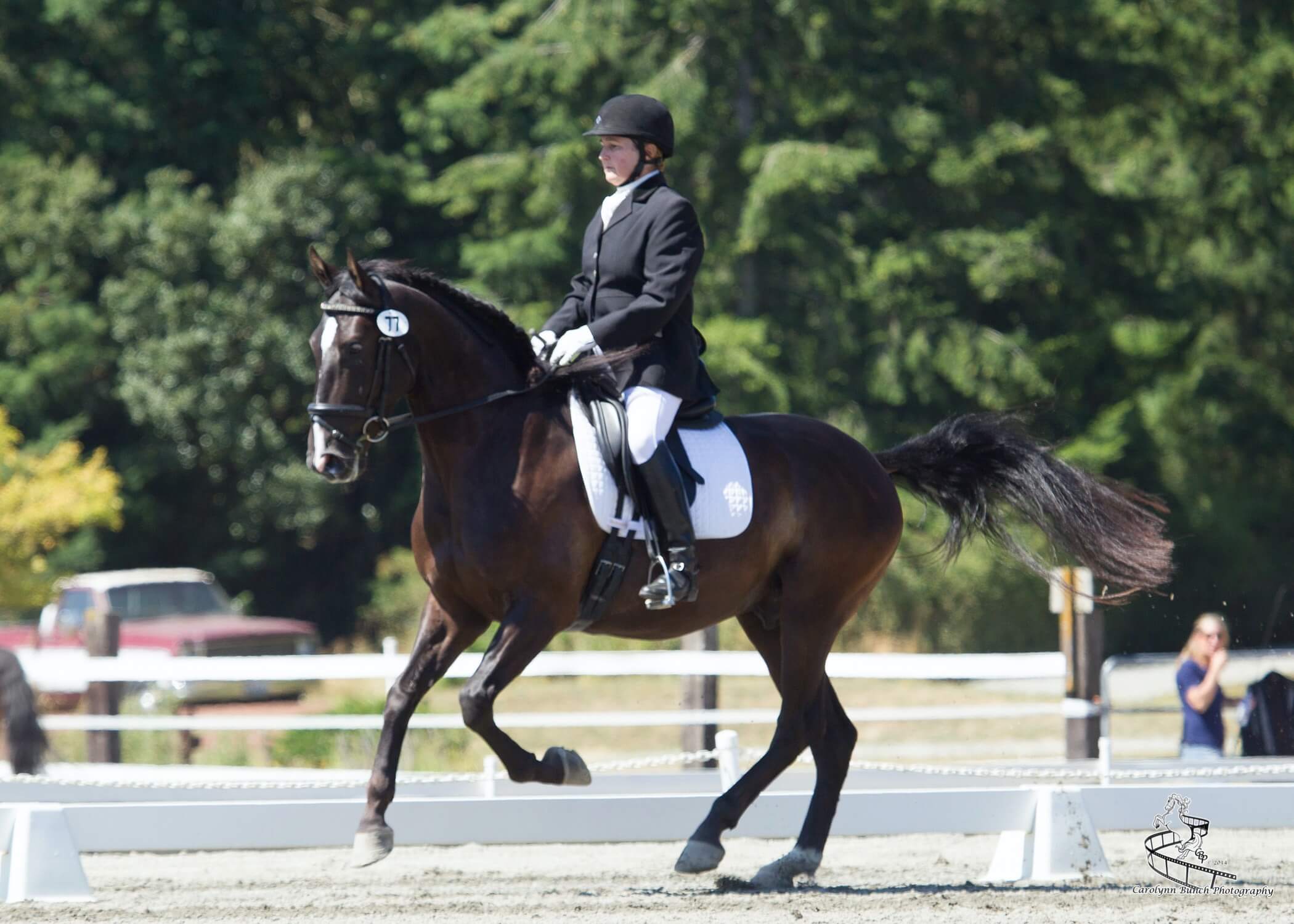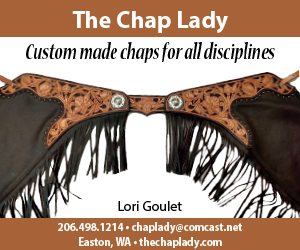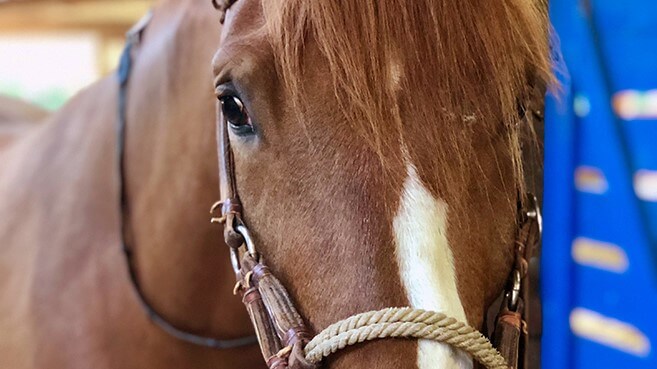Sometimes I think it would be helpful if horses could speak to us clearly, using words, about their preferences in the tack we use on them. If they would just let us know clearly what they like, and why, we could save ourselves a lot of time and money.
It’s obvious, really, when a piece of tack is making a horse miserable. They show us through expressions like pinned ears when we girth them up, or actions like moving away from the mounting block when we try to get on. Saddle fit (and bit preference) is not an exact science. We really can’t know what’s going to work for our horses without trying out the piece of tack. We can get close to a good fit by using saddle and bit fitting techniques, but in the end the horse chooses.
I’ve spent countless hours and thousands of dollars over the course of my career trying to get saddles that make my horses happy. I have an arsenal of bits too—something for everyone! I’ve put my faith in saddle fitters who’ve studied their craft and have years of practice. Even so, I’ve had custom made and fit saddles that seemed to work great for a while and then started to cause problems.
Horses’ bodies change, and so do ours. And eventually, many of those custom-made saddles had to go for one reason or another. The horse is doing great and then a few rides, weeks, months, or even years later they’ve changed their minds and let me know the saddle isn’t quite right. I’ve also had used, off-the-shelf saddles that worked perfectly for many years. Saddle fit is a frustrating experience, for sure.
One thing I’ve learned is that saddle fit is fluid and I need to stay open to changing tack if my horse says, enough! And, I need to get saddle fitters out regularly to restuff and check my saddles. If I start to get uncomfortable or find I’m fighting the saddle when I’m riding, that saddle is undoubtedly bothering my horse too. When we ride, we should feel the horse, not the saddle.
Listen to your horse’s subtle clues that his tack isn’t working and listen to yourself too. Our saddle time is too precious to be riding in tack that’s making either of us unhappy.
See this article in the June 2021 online edition:

Kim Roe grew up riding on the family ranch and competed in Western rail classes, trail horse, reining, working cow, and hunter/jumper. She trained her first horse for money at 12 years old, starting a pony for a neighbor.
Kim has been a professional dressage instructor in Washington state for over 30 years, training hundreds of horses and students through the levels. In recent years Kim has become involved in Working Equitation and is a small ‘r’ Working Equitation judge with WE United.
Kim is the editor of the Northwest Horse Source Magazine, and also a writer, photographer, and poet. She owns and manages Blue Gate Farm in Deming, Washington where she continues to be passionate about helping horses and riders in many disciplines.






